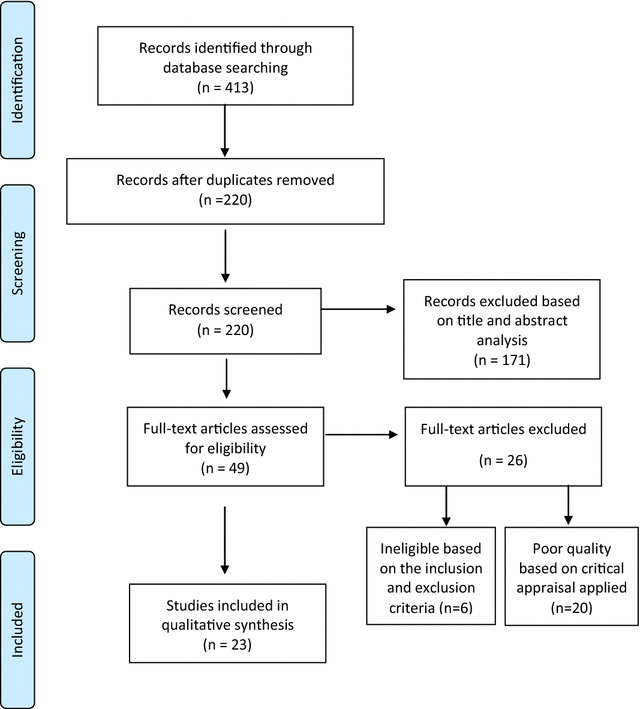A systematic review on malaria sero-epidemiology studies in the Brazilian Amazon: insights into immunological markers for exposure and protection
- PMID: 28270152
- PMCID: PMC5341168
- DOI: 10.1186/s12936-017-1762-7
A systematic review on malaria sero-epidemiology studies in the Brazilian Amazon: insights into immunological markers for exposure and protection
Abstract
Background: Considerable success in reducing malaria incidence and mortality has been achieved in Brazil, leading to discussions over the possibility of moving towards elimination. However, more than reporting and counting clinical cases, elimination will require the use of efficient tools and strategies for measuring transmission dynamics and detecting the infectious reservoir as the primary indicators of interest for surveillance and evaluation. Because acquisition and maintenance of anti-malarial antibodies depend on parasite exposure, seroprevalence rates could be used as a reliable tool for assessing malaria endemicity and an adjunct measure for monitoring transmission in a rapid and cost-effective manner.
Methods: This systematic review synthesizes the existing literature on seroprevalence of malaria in the Brazilian Amazon Basin. Different study designs (cross-sectional surveys and longitudinal studies) with reported serological results in well-defined Brazilian populations were considered. Medline (via PubMed), EMBASE and LILACS databases were screened and the articles were included per established selection criteria. Data extraction was performed by two authors and a modified critical appraisal tool was applied to assess the quality and completeness of cross-sectional studies regarding defined variables of interest.
Results: From 220 single records identified, 23 studies were included in this systematic review for the qualitative synthesis. Five studies reported serology results on Plasmodium falciparum, 14 papers assessed Plasmodium vivax and four articles reported results on both Plasmodium species. Considerable heterogeneity among the evaluated malarial antigens, including sporozoite and blood stage antigens, was observed. The majority of recent studies analysed IgG responses against P. vivax antigens reflecting the species distribution pattern in Brazil over the last decades. Most of the published papers were cross-sectional surveys (73.9%) and only six cohort studies were included in this review. Three studies pointed to an association between antibodies against circumsporozoite protein of both P. falciparum and P. vivax and malaria exposure. Furthermore, five out 13 cross-sectional studies evidenced a positive association between IgG antibodies to the conserved 19-kDa C-terminal region of the merozoite surface protein 1 of P. vivax (PvMSP119) and malaria exposure.
Conclusions: This systematic review identifies potential biomarkers of P. falciparum and P. vivax exposure in areas with variable and unstable malaria transmission in Brazil. However, this study highlights the need for standardization of further studies to provide an ideal monitoring tool to evaluate trends in malaria transmission and the effectiveness of malaria intervention programmes in Brazil. Moreover, the score-based weighted tool developed and used in this study still requires further validation.
Keywords: Antibodies; Brazil; Plasmodium falciparum; Plasmodium vivax; Sero-epidemiology; Systematic review.
Figures

References
-
- WHO . World malaria report 2016. Geneva: World Health Organization; 2016.
-
- Coura JR, Suarez-Mutis M, Ladeia-Andrade S. A new challenge for malaria control in Brazil: asymptomatic Plasmodium infection—a review. Mem Inst Oswaldo Cruz. 2006;101:229–237. - PubMed
Publication types
MeSH terms
Substances
Grants and funding
LinkOut - more resources
Full Text Sources
Other Literature Sources
Medical
Research Materials

